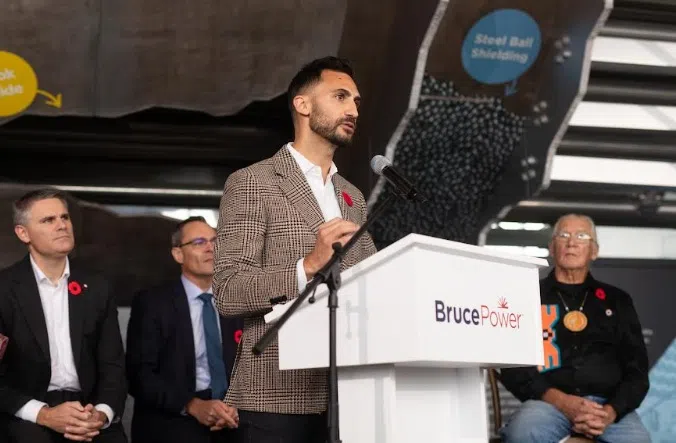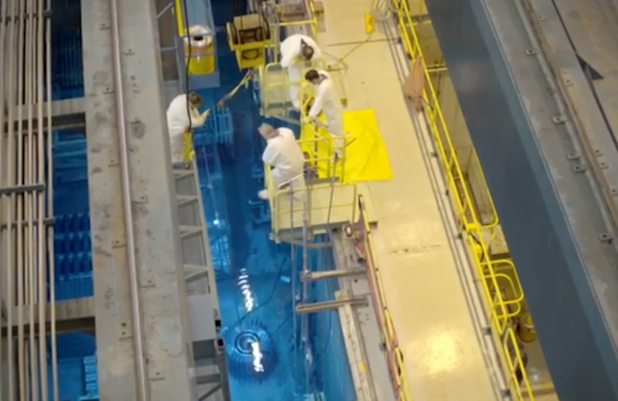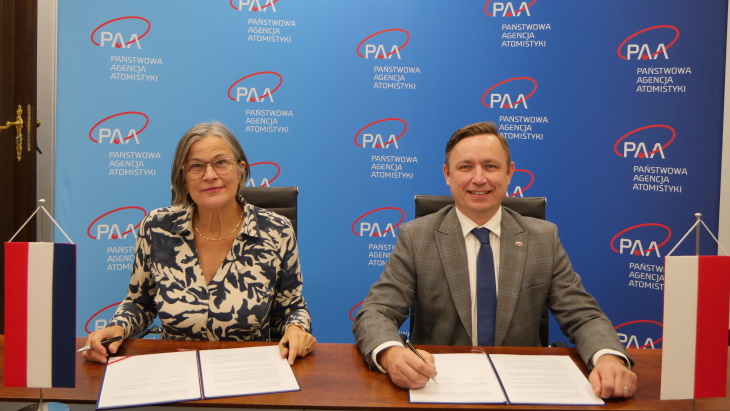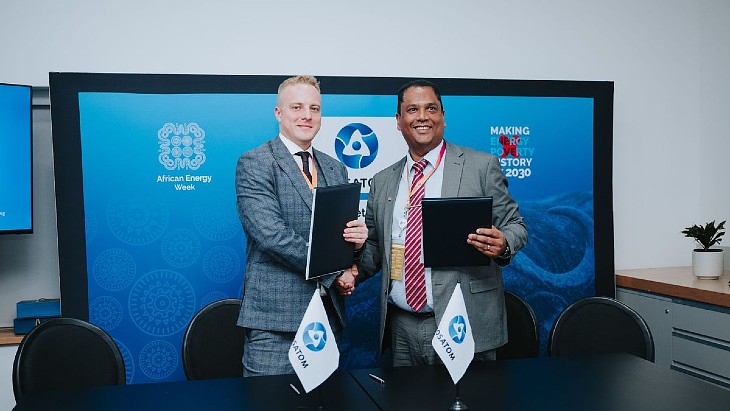The Democratic establishment made Trump’s victory an inevitability – Jeremy Corbyn’s Peace & Justice Project

The election of Donald Trump to the office of President of the United States for a second non-consecutive term should come as a surprise to no one, writes Jeremy Corbyn’s Peace and Justice Project
From the lack of cohesive policy platform to deliver change to the American people, to their arrogant refusal to budge from their unconditional support of Israel’s genocide in Gaza, the Democrats sealed Donald Trump’s victory before a single vote was even cast.
The Democrats have once again proven themselves incapable of learning the lessons of previous defeats. As was the case in 2016, where Hillary Clinton lost to Trump, the Democrats chose to focus on their candidate’s personal differences to Trump rather than build a progressive set of policies to meet the concerns of the American working class. This soap opera style of election only benefits characters like Trump and his now Vice President-elect JD Vance, who are set to take office in January 2025.
The decision to install Vice President Kamala Harris as the Democrat candidate following Joe Biden’s late withdrawal from running for a second term was a failure in itself. The lack of democratic process in implementing Harris meant that her obvious weaknesses to a wider electorate only bubbled under the surface and therefore avoided the mainstream examination that would have showed clearly that her major involvement in the Biden administration caused irreparable damage to her credibility as an instigator of the change demanded by millions of American citizens.
With only a modest economic recovery for very few under Biden, along with his unwavering and unapologetic support for Israel’s genocide in Gaza, Kamala Harris’ campaign failed to promise any sort of break away from the status quo. Trump on the other hand, whilst completely vague and light on policy, once again focused his campaign on this message – and that is what sealed his victory.
Make no mistake though, Trump is no friend to the working class or the people suffering under Israeli ethnic cleaning. In the hours following his victory, the 10 world’s richest people, including Elon Musk, Jeff Bezos and Bill Gates, added around $64bn to their wealth.
The defeat of Harris, an establishment centrist politician in the US, is something that must also be taken seriously by the Labour government in Britain too. 14 years of Conservative austerity and cuts to our communities gifted Keir Starmer victory in July. However, Labour must engage with the reality that wages in the UK have stagnated and public services such as the NHS are crumbling whilst the rich have never been richer. Any failure to address these issues with a significant national wage increase and huge investment in public services, paid for by a wealth tax on billionaires and corporations, puts Britain at risk of the election of another Conservative government.
This US presidential election result is a grave concern for the planet, marginalised communities, refugees and Palestinians trying to survive Israel’s genocide. Trump’s abhorrent rhetoric must be resisted at every opportunity and our movement must succeed where the arrogant Democratic establishment failed.
We must organise globally, stand in solidarity with those targeted by the awful politics of fear and division and build an alternative of hope and unity.
- You can follow Jeremy Corbyn’s Peace and Justice Project (PJP) on Facebook, Instagram, Twitter/X and TikTok.
- This article was originally published by the PJP on 7 November 2024.
"It must be a project that not only raises real incomes but actually helps improve the wealth levels of voters who have simply been left behind by the surge in the wealth of the top 1%."

The Labour MP Liam Byrne has said that Labour must tackle inequality or Britain could see the rise of populism as the USA has. He made the comments in an article he wrote for LabourList in the aftermath of Donald Trump’s victory in the US Presidential election.
In the article, Byrne gave his views on the lessons the Labour government should draw from the Democrats’ defeat in the election.
Beginning with his assessment of the dynamics at play in the US election, Byrne wrote: “The places that were left behind by American growth, the places at the sharp end of growing inequality, were far more likely to vote for Trump.
“But guess what?
“The same dynamics hold true for the UK, France, and Scandinavia. Those places where the growth in wealth did nor keep pace with the national average were the places that voted for Brexit, Le Pen in France and the Far Right in Scandinavia.”
Later in the piece, Byrne concluded that in order to prevent the same conditions leading to similar results as those in the USA, Labour needs to address inequality and raise living standards quickly. He wrote: “Investment in our economy to grow our economy is mission critical. But just as important is a project that connects rising prosperity to those families and places that feel they have been left behind.
“It must be a project that not only raises real incomes but actually helps improve the wealth levels of voters who have simply been left behind by the surge in the wealth of the top 1%.”
Byrne is the Labour MP for Birmingham Hodge Hill and Solihull North. He stood unsuccessfully as the Labour candidate in the 2021 West Midlands mayoral election.
Chris Jarvis is head of strategy and development at Left Foot Forward
‘Five lessons for Starmer’s Labour government from Trump’s victory over Kamala Harris’
 Credit: DT phots1/Shutterstock.com
Credit: DT phots1/Shutterstock.comYou might have noticed that the progressive party lost a recent election.
Being a proud dual citizen of the US and UK, and one from the swing state of Pennsylvania, what does the US show us about current political movements?
The next leader matters now
Firstly, the Democrats lost. There was time to prepare a better succession plan, be strategic, and start earlier. This clearly didn’t happen.
Progressives need to be thinking long-term, and this includes giving a platform to bright ambitious younger talent to setup the next generation of leaders.
Growth is emotional
The economy was doing well under Biden, but people didn’t feel it. Again and again, the cost of living and high prices were sighted as key election concerns.
So while objective metrics looked positive, that didn’t matter on the ground.
With the Labour government’s key growth mission, ensuring this ties back to be felt in a real way throughout the UK will be critical to its success. Groups like the new Good Growth Foundation set up by former Labour candidate Praful Nargund have the potential to play a massive role here.
Trust comes from plain talking
A video to start to dig into this topic (shout-out to Matthew McGregor who first brought this to my attention) is this where a group of Pennsylvanian Trump-leaning voters speak with VP candidate Tim Walz. By holding a personal discussion, he changes their minds. This is down to trust not politics.
A reason often cited about Trump’s appeal is that he’s not a normal politician. That he speaks differently – not in double talk or seeming to evade questions.
When politicians repeat key messages, this is understood by politicos as down to needing to get these into sound bites. But sticking to the same rigid message isn’t a strength to the general public.
As my partner explained to me, Trump can ‘talk a glass eye to sleep’. Even supporters would slip out the back of his rallies – not, I believe, because they stopped supporting him, as some commentators claimed, but because they can be hours-long events. Yet because he’s perceived as saying what he thinks, this leads people to trust him which, ultimately, plays better.
Democracy matters
One of the most cited issues coming out of exit polls (not exactly like the ones we have in the UK) was democracy.
Democracy isn’t a uniquely American issue, even if we do like to put it on a t-shirt more than is common in the UK. During the EU referendum, we saw similar sentiments argued about the role of Britain and concerns around the UK’s decision-making being subsumed into the EU.
We shouldn’t shy away from discussing democracy and actively seeking to protect it.
As Chair of Labour Digital, I’m deeply concerned about the interplay between disinformation and disenfranchisement. Dealing with these issues will set up the future for our democracy. Yes, they are difficult subjects to get right, but ones that are critical to tackle.
The culture war is becoming the gender war
Globally, there is a trend of women and men growing further apart on their political opinions particularly the younger generations. Ahead of yesterday, pollsters discussed the potential for the election decision to hinge on the turnout of young men versus young women.
It turns out this was partially right. Obviously, a lot of factors are at play, though in virtually every demograpic women voted for Harris by a larger percentage than men did – but often by a smaller proportion than voted Democrat in previous elections.
Meanwhile, Trump won a higher percentage of votes from black and Latino men than in the previous election against Biden. In key swing states, even a small shift makes this a much larger difference.
With this election showing that issues of identity and political decision-making are complex, this gender divide will need to be tackled by politicians who will need to navigate perceived trade-offs in a way that brings people together.
‘We get the politicians we deserve.’ Both the Electoral College and the popular vote issued Trump a victory in the US election. The Labour government should pay attention so we can drive positive change now and into the future.




_11853.jpg)

 Medical isotope production at Bruce Power nuclear station near Kincardine (Source: Bruce Power)
Medical isotope production at Bruce Power nuclear station near Kincardine (Source: Bruce Power) Ontario’s Energy Minister, Stephen Lecce announces plans for a medical isotope processing facility in Bruce County, Friday, November 8 (Scott Miller/CTV News London)
Ontario’s Energy Minister, Stephen Lecce announces plans for a medical isotope processing facility in Bruce County, Friday, November 8 (Scott Miller/CTV News London)

_20983.jpg)
_38463.jpg)

_12629.jpg)


_40904.jpg)

